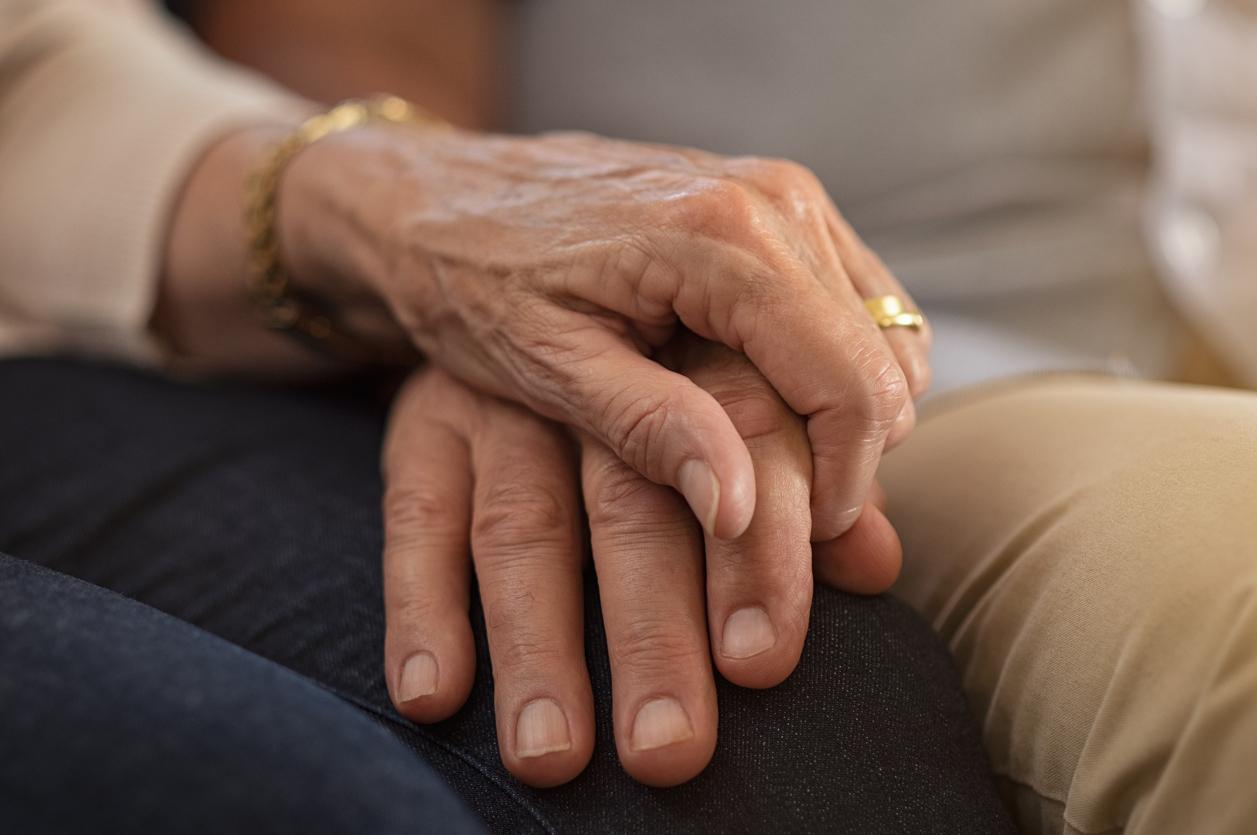We speak of undernutrition when the energy intake from food is no longer sufficient to cover the body’s needs. In people over 65, this phenomenon is not rare: it is estimated that it affects 5% of seniors living at home, between 15% and 38% of seniors living in institutions (retirement homes or nursing homes, for example), and between 30% and 60% of hospitalized seniors.
According to a new study conducted by the Friedrich-Alexander-Universität Erlangen-Nürnberg (in Germany), people aged 65 and over who share their life with a spouse are, on average, less affected by undernutrition.
To come to this conclusion, the researchers looked at medical data on a total of 4,844 participants aged 72 to 85 from 7 different countries. Verdict? The researchers first discovered that seniors living alone (single, divorced or widowed) were more often affected by undernutrition than seniors living in couples.
Undernutrition, a phenomenon that strikes 5% of seniors at home
Scientists have also succeeded in bringing to light other factors (more or less surprising) favoring the development of undernutrition: difficulties in chewing and / or swallowing, difficulties in climbing and / or descending stairs, lack of appetite , frequent hospital stays …
“The risk of undernutrition increases a little more each year after 65 years” specifies Dr. Dorothee Volkert, main author of this work published in the Journal of the American Geriatrics Society.
The symptoms of undernutrition are quite visible: muscle weakness (with problems walking, more frequent fractures, fatigue during exertion), deterioration of the general condition (asthenia, weight loss, anemia), reduced immune defenses ( More frequent “small diseases”, reduction in the effectiveness of treatments) or delayed healing.
Read also :
In France, 2 million people suffer from undernutrition
With age, we eat less well
Eat less to drink more: beware of danger!
















